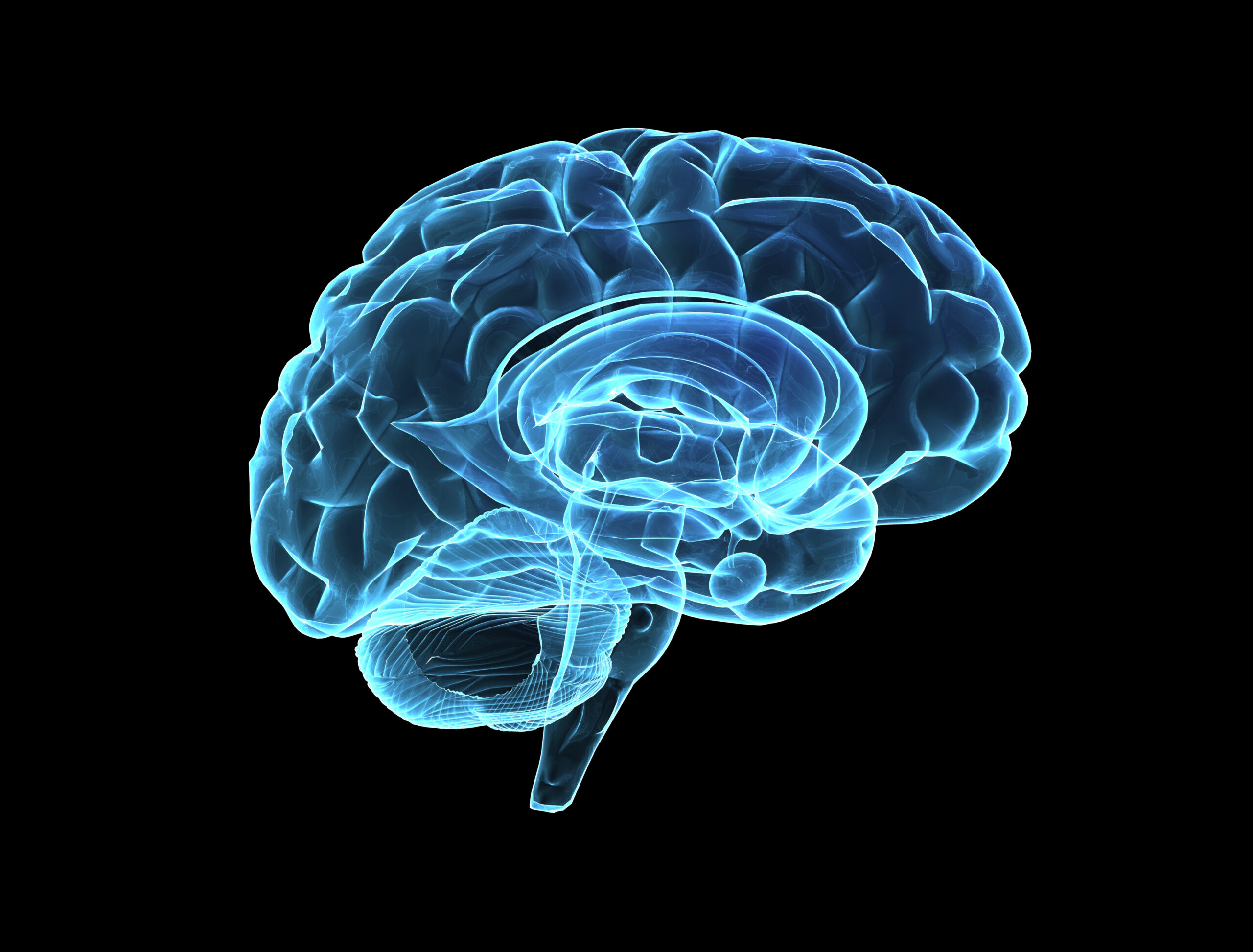A recent study out of UNSW Sydney’s Centre for Healthy Brain Ageing (CHeBA) suggests that the research pace into understanding biomarkers for the diagnosis of vascular cognitive impairment and dementia needs to be accelerated.

The review, led by Dr Satoshi Hosoki and published in Nature Reviews Neurology, indicates that multiple molecular biomarkers have been associated with VCID, but none has yet been translated into clinical application.
Vascular cognitive impairment and dementia (VCID) is the second most common cause of dementia after Alzheimer’s disease, accounting for at least 20 per cent of all dementia diagnoses,
Over the last 40 years, the global prevalence of dementia has nearly tripled, and by 2050 it is expected that there will be 152 million people living with dementia worldwide. Although advances have been made in Alzheimer’s disease and dementia, progress in identifying molecular biomarkers for accurate diagnosis of VCID has been relatively limited.
Dr Hosoki, a Visiting Fellow at CHeBA from National Cerebral and Cardiovascular Center in Osaka, Japan, said that “as specific interventions for disease are being developed, the ability to identify the underlying pathology and dementia subtypes becomes increasingly important.”
Diagnostic precision for VCID relies largely on clinical information and neuroimaging, which aren’t as specific as molecular biomarkers.
“One of the major challenges we face is the accurate identification of molecular biomarkers that can differentiate VCID from healthy ageing and from Alzheimer’s disease.”
The Review examined current knowledge of molecular biomarkers of VCID and considered their potential in the clinical management of the condition. They looked at the roles of large and small vessel disease in VCID, and considered the underlying pathophysiological processes that lead to vascular brain damage – including arteriolosclerosis, haemorrhage, blood-brain barrier breakdown, inflammation and oxidative stress – and assessed the key molecules in each of these processes, looking at their potential as biomarkers for VCID.
Co-director of CHeBA and senior author, Professor Perminder Sachdev, said that due to the complexity of VCID and to meet the challenge of biomarker-based diagnosis, development should focus on using multiple biomarkers in combination.
“Identification of clinically useful molecular biomarkers would greatly improve diagnosis and management of the condition,” said Professor Sachdev.









